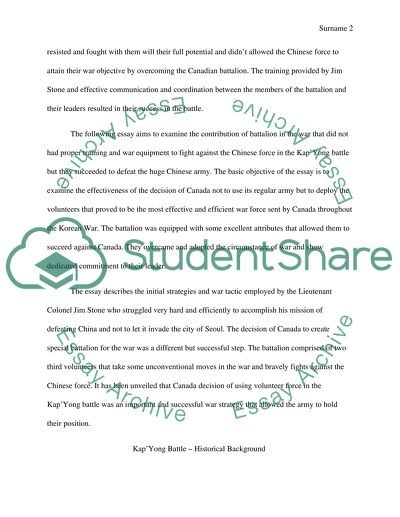Cite this document
(“KapYong Battle April 1951 The Korean War Term Paper”, n.d.)
Retrieved de https://studentshare.org/military/1390356-kapyong-battle-april-1951-the-korean-war
Retrieved de https://studentshare.org/military/1390356-kapyong-battle-april-1951-the-korean-war
(KapYong Battle April 1951 The Korean War Term Paper)
https://studentshare.org/military/1390356-kapyong-battle-april-1951-the-korean-war.
https://studentshare.org/military/1390356-kapyong-battle-april-1951-the-korean-war.
“KapYong Battle April 1951 The Korean War Term Paper”, n.d. https://studentshare.org/military/1390356-kapyong-battle-april-1951-the-korean-war.


